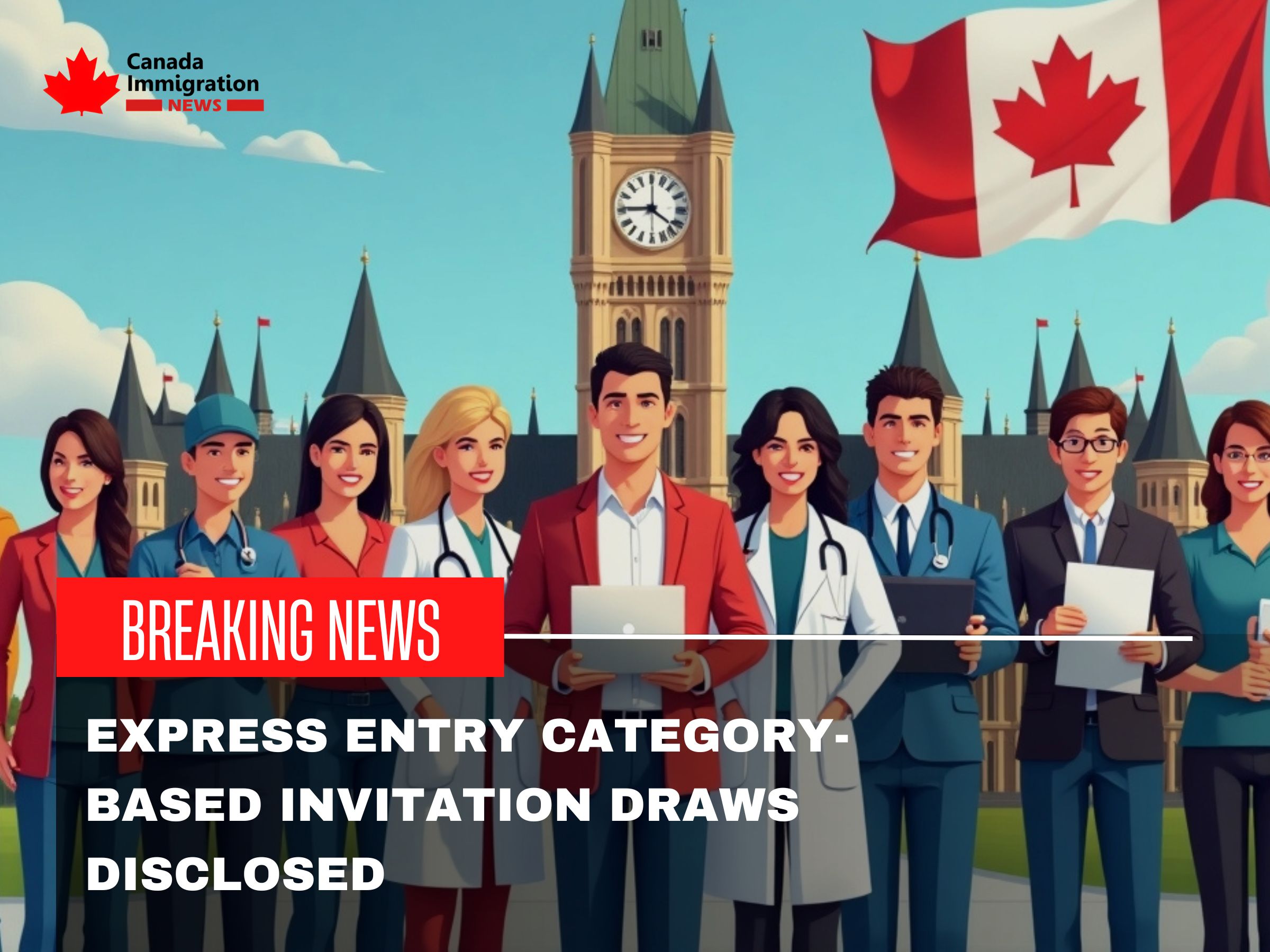By admin
Express Entry Category-Based Invitation Draws Disclosed
New details have emerged on how Immigration, Refugees and Citizenship Canada (IRCC) intends to manage Express Entry invitations for the rest of the year.
The report shows that education, healthcare and social services, and trades will remain key categories in the upcoming draws. These allocations are designed to remain consistent with Canada’s Immigration Levels Plan for 2025–2027. Importantly, most invitations issued in the latter half of the year will contribute to next year’s immigration targets.
The information was made public through an Access to Information and Privacy (ATIP) request, obtained by Calgary-based Regulated Canadian Immigration Consultant (RCIC) Mandeep Lidher.
Breakdown of Allocations
Category-based draws were first introduced in 2023 to prioritize skilled professionals in areas where labour demand is high. The ATIP outlines how invitations are being distributed in 2025:
| Category | Planned ITAs | ITAs Issued | ITAs Remaining |
| Education | 3,000 | 1,000 | 2,000 |
| Healthcare | 8,000 | 7,500 | 500 |
| Trades | 3,300 | 0 | 3,300 |
This data confirms that more category-based rounds will take place before the end of the year.
Categories Included in 2025 Draws
The Express Entry system currently features six priority categories:
- Healthcare and social services
- STEM professions
- Skilled trades
- Agriculture and agri-food
- Education
- French-language proficiency
Focus on Francophone Immigration
IRCC continues to emphasize French-speaking immigration outside Quebec. Between February and March, a series of French-language draws issued 18,500 invitations, supporting the government’s goal of reaching an 8.5% French-speaking admissions rate this year.
Another French-language draw held on August 8 added 2,500 invitations, which are expected to count toward next year’s target.
Coordination With Provinces and Territories
The ATIP also discloses that IRCC plans to share an invitation calendar with provinces and territories. This calendar will cover a three-month period and will include the anticipated weeks of draws, types of rounds, and projected minimum Comprehensive Ranking System (CRS) scores.
By sharing this information, IRCC aims to help provinces and territories coordinate their own nomination strategies in alignment with federal immigration priorities.
